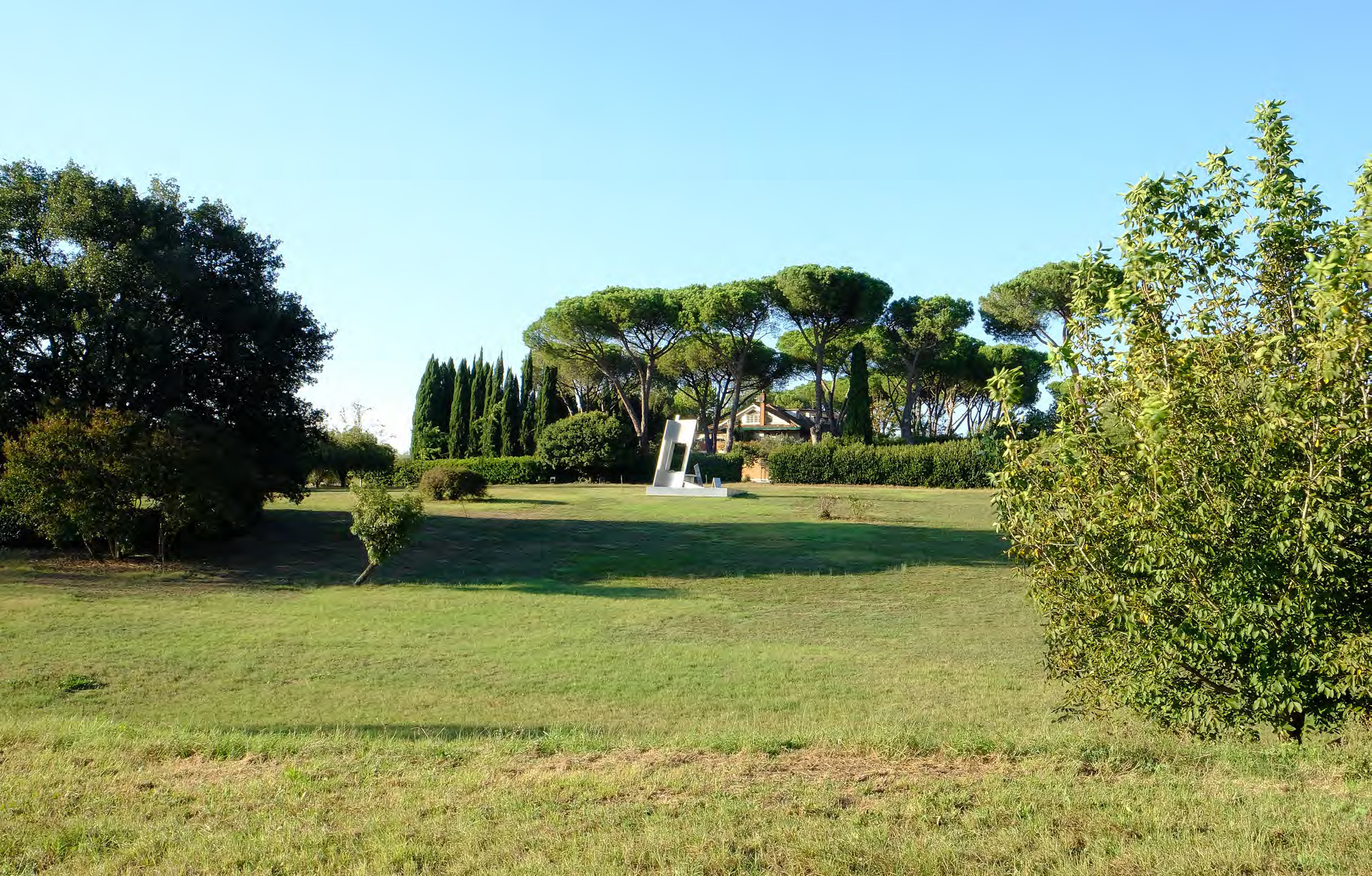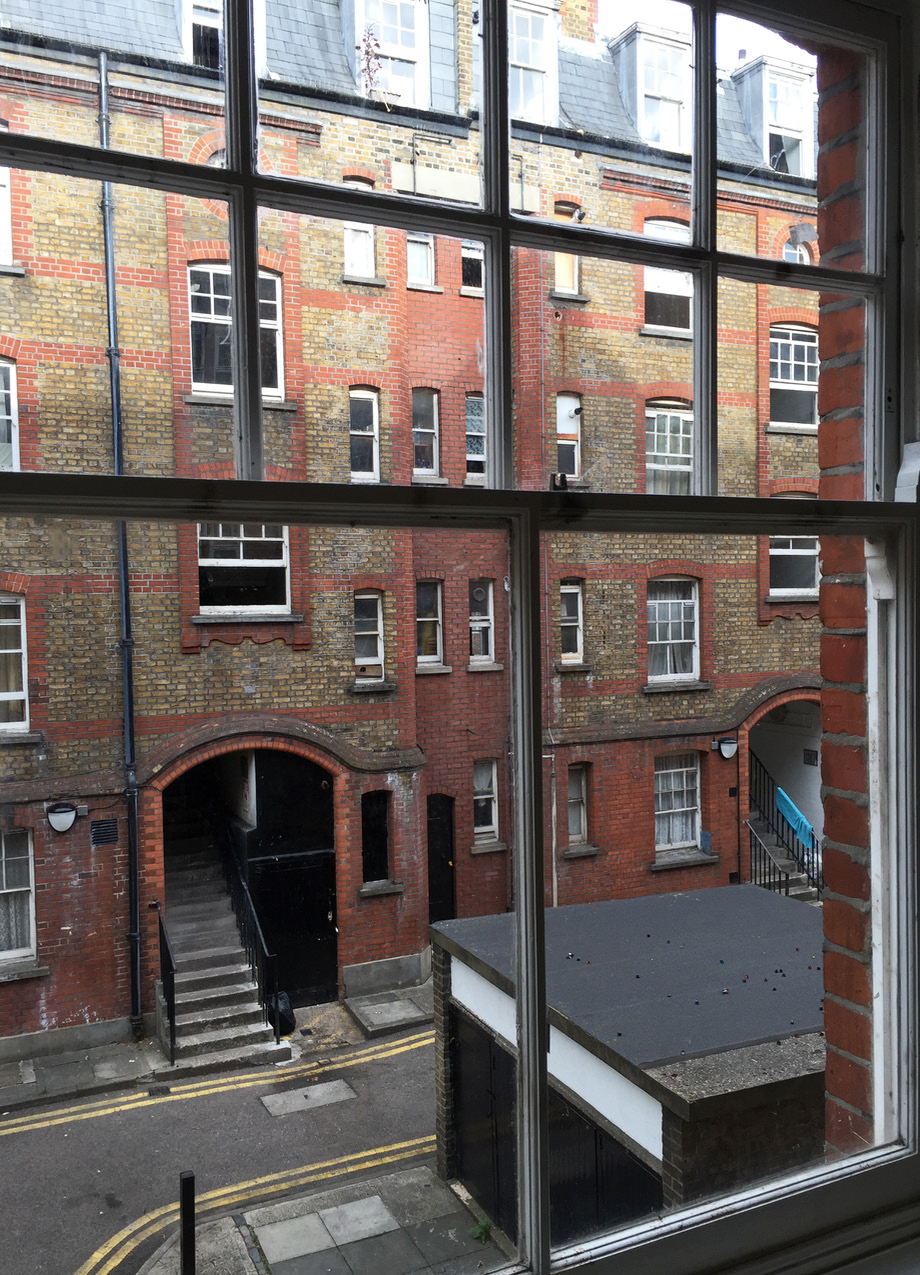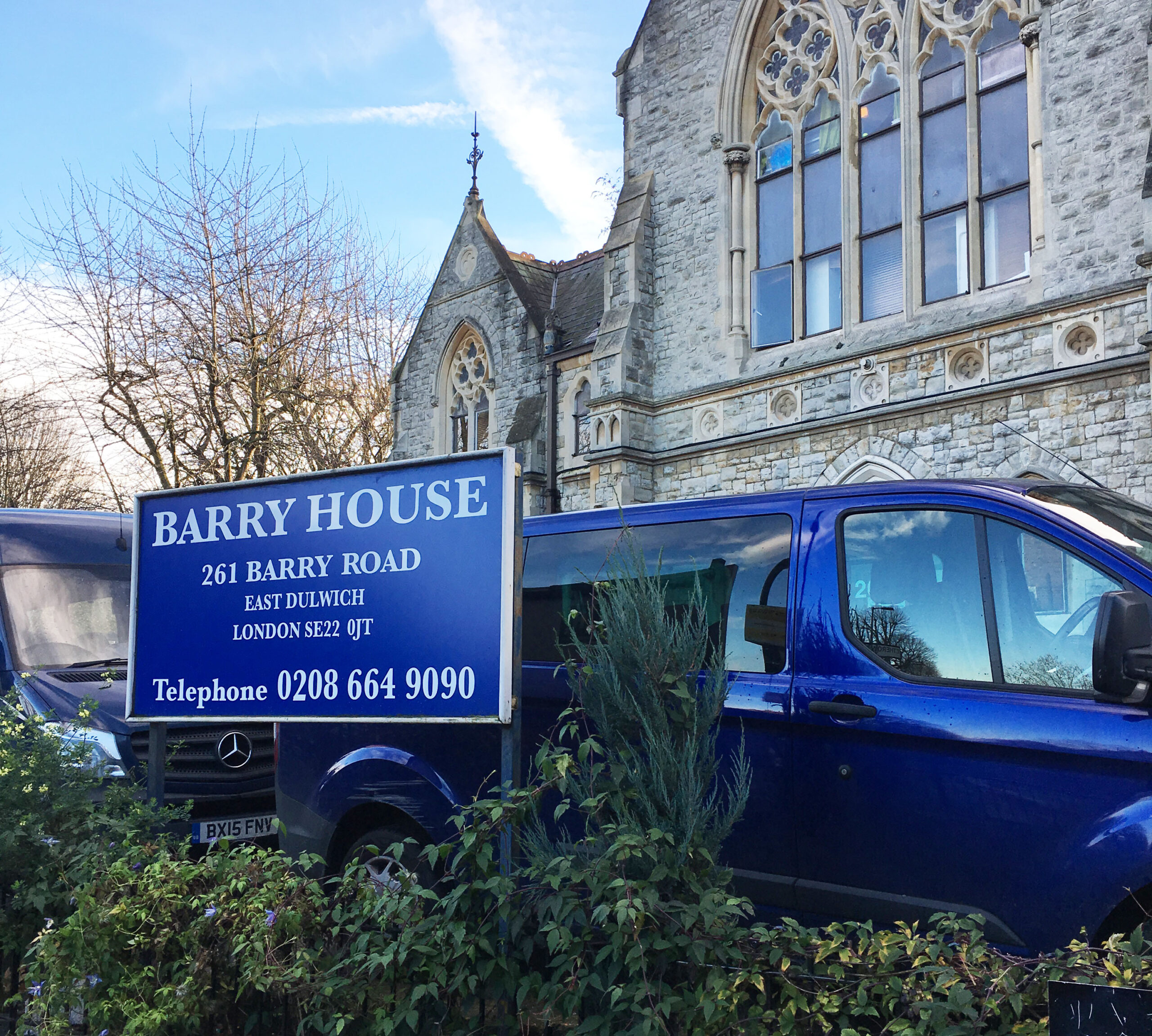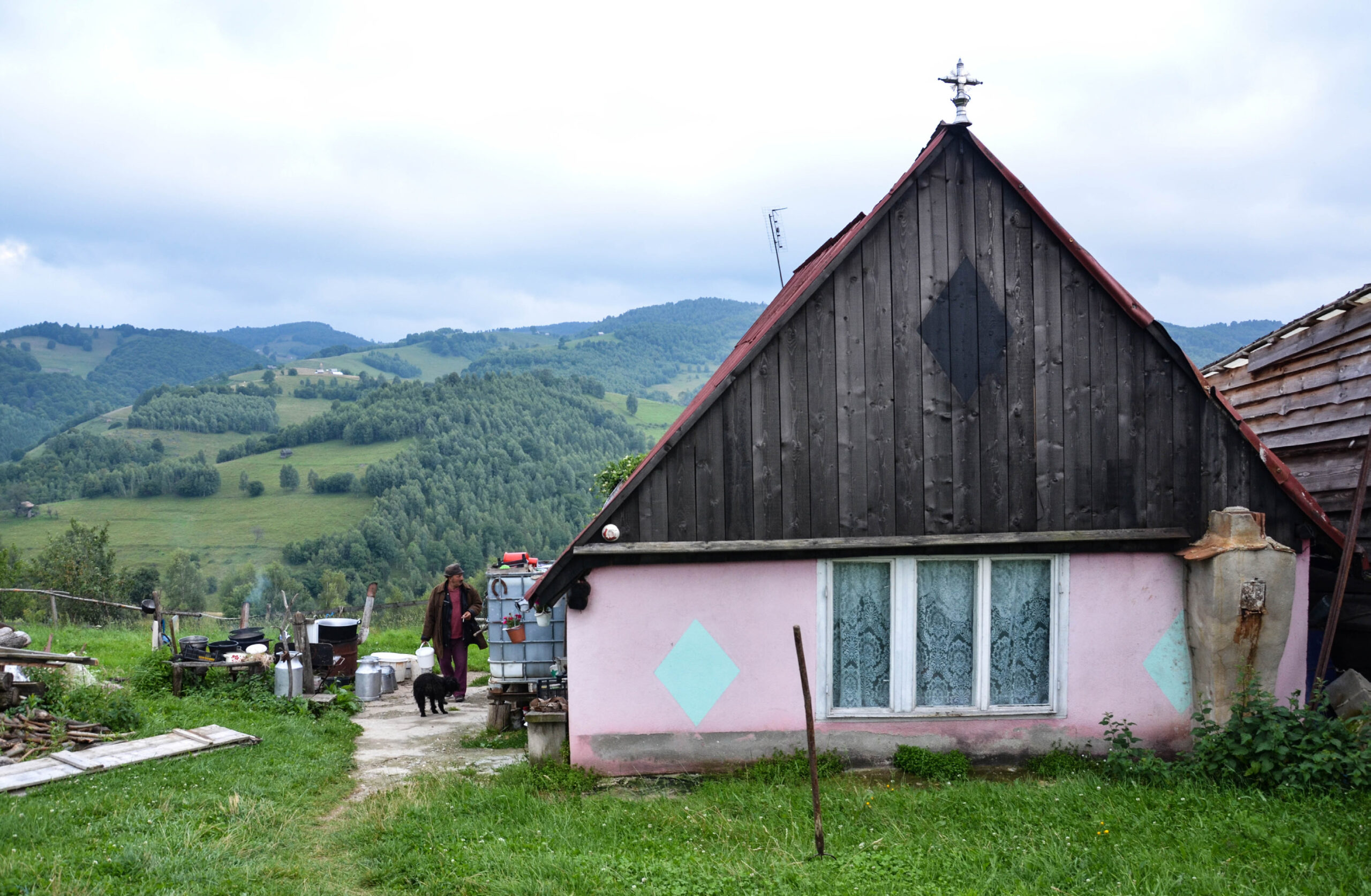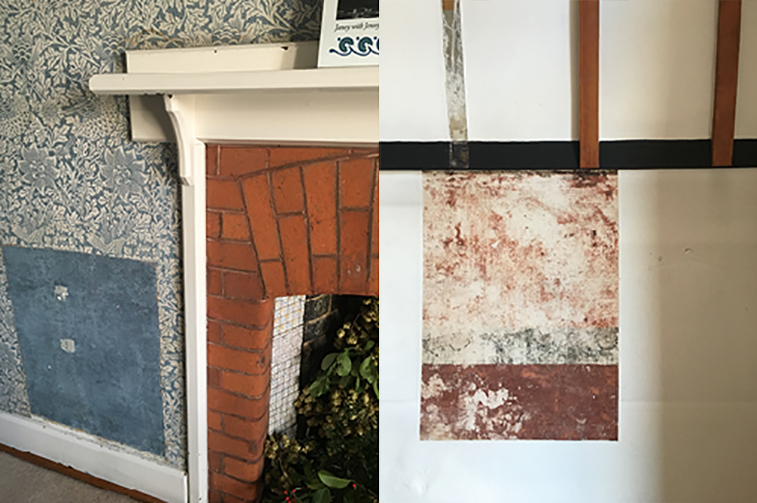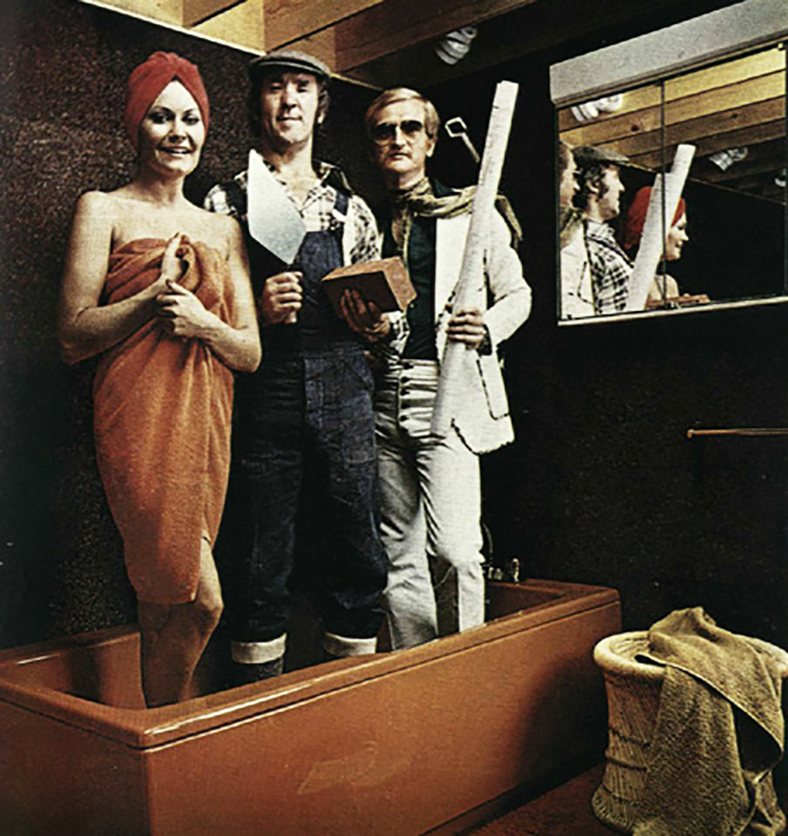MArch Dissertation ARCHIVE
Tutors: Richard Difford, Nick Beech, Harry Charrington, Davide Deriu, Kate Jordan, Alan Powers, Ro Spankie, Rachel Stevenson, Ben Stringer
Developed in the context of their first year History & Theory seminar group, students choose their own subject to explore in the Dissertation. They are guided by tutors with a diverse range of interests and methods but a common commitment to advancing the individual specialisms and scholarship of each student. A breadth of topics and a plurality of approaches are encouraged with the ambition that the work produced will be distinguished by its high quality, not its adherence to any particular methodology, dogma or style.
Mosopefoluwa Bob-Soile
Revisting Agricola Cornelia: Art Farms & Social Practice
Reflecting on Gianfranco Baruchello’s farm Agricola Cornelia (1973-81), this dissertation looks at the notion of agricultural-based art projects in rural spaces. It enquires how such projects reconsider the relationship between land and landscape in the countryside. Arguing that Agricola Cornelia anticipates contemporary social practice in arts, the potential of the Baruchello’s visceral engagement to address the complexity of rurality is discussed. It suggests that this farm has engaged with different ways of seeing the countryside in its socio-political context beyond agriculture and the natural environment.
Megan Carmichael
Voices of Vice and Virtue in the Boundary Street Estate
In light of today’s housing crisis, this dissertation reflects back on the comparable crisis faced by Victorian London during the nineteenth century. To gain a further understanding of the issues we face today, it retraces the steps that lead to the development of England’s first council housing residence, ‘The Boundary Street Estate’ (1900). Considered a grand social experiment this estate was the product of the momentous social changes that occurred throughout the nineteenth century. By revisiting primary sources, the author plays the role of architectural detective investigating the story behind the scheme, uncovering its secrets and speculating on its agendas.
Fiona Grieve
The Reception of Refugees in the UK
The ‘Reception of Refugees in the UK’ explores the journey of a refugee through the British asylum system with a focus on the provision of accommodation within it. This dissertation examines the political process, the influence of architecture and planning and subsequent perceptions and attitudes towards refugees living in detention centres and asylum accommodation. The research also explores the efforts of non-state organisations to integrate refugees into society and understand how or if the process of reception prepares refugees for a life in the UK.
Denisa Groza
Across-Ground: A Spatial and Symbolic Interpretation of Transhumance in the Carpathian Mountains
Transhumance represents a key part of the historic narrative of the Carpathian Mountains. Within the Romanian landscape, the seasonal movement of livestock in the search for agro-pastoral resources has created a complex system of routes connecting winter and summer pastures from different regions. This dissertation engages in a critical study of transhumance within the Romanian landscape, reinterpreting its manifestations using theories relating to space, symbolism and mobility. This provides a means by which to reframe the definition of this practice; and to provide an enhanced perspective on its economic, social and cultural importance in present context.
Charlotte Penny
The Red House and the Contest Between the Theoretical and Practical Nature of Conversation
Many factors are involved in the conservation of historic buildings and architects often have to balance a wide range of constraints, whilst also at the same time acting as a faithful custodian of the United Kingdom’s shared heritage. Using the Red House as a case study, this dissertation aims to evaluate changing attitudes towards the theoretical and practical nature of conservation. It also endeavours to ascertain the principal factors that have shaped the way the National Trust has chosen to preserve and restore the historic fabric of this building. The influence of key players, such as developers and councils, are also analysed and an appraisal is made of the methods employed by the National Trust.
Eline Putne
Advertising’s Image of Women in Architecture
In this study, a selection of advertisements from the Architects’ Journal and the Architectural Review is used as primary evidence to demonstrate how the building industry and the media had marginalised women in architecture; and perpetuated the patriarchal characterisation of the architectural profession. Positioned in the broader history of the architectural profession in the UK, this analysis reveals the extent to which the architectural media has influenced social attitudes towards women and contributed to some of the challenges that women pursuing a career in architecture face today.
Lewis Toghill
Crafting Reality: Virtuality in Art and Performance
Our lives increasingly play out in virtual environments. These environments primarily, and often necessarily, occupy the visual realm, and the extent to which they have become entangled in our everyday reality has led to changing relationships between the digital condition and the previously distinct material world. Virtual materialities, accompanied by the necessary cognisance of their possible applications, are radically changing how spaces and objects are conceived and experienced. This essay takes the position that, rather than opposing our everyday material reality, virtual objects and environments represent their own kind of material reality.
Image Captions:
- Mosopefoluwa Bob-Soile: Nothing to see but the Garden, the House, the Sculpture, the forest.
- Megan Carmichael: Communal Staircase, Walton Building, Boundary Street Estate.
- Fiona Grieve: Barry House, East Dulwich.
- Denisa Groza: Hut of Bebeşelea Sterp Family in Jina.
- Charlotte Penny: The Red House
- Eline Putne: Perspex bath advertisement from the Architects’ Journal, 1974.










